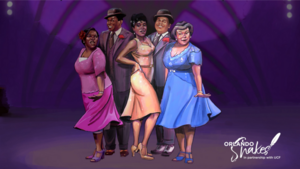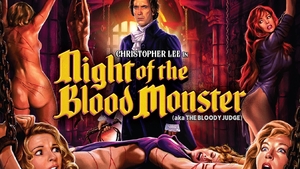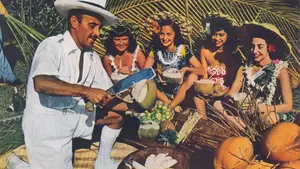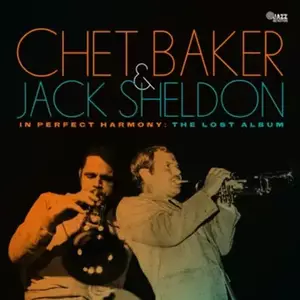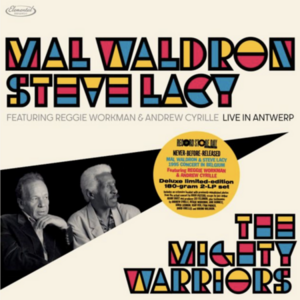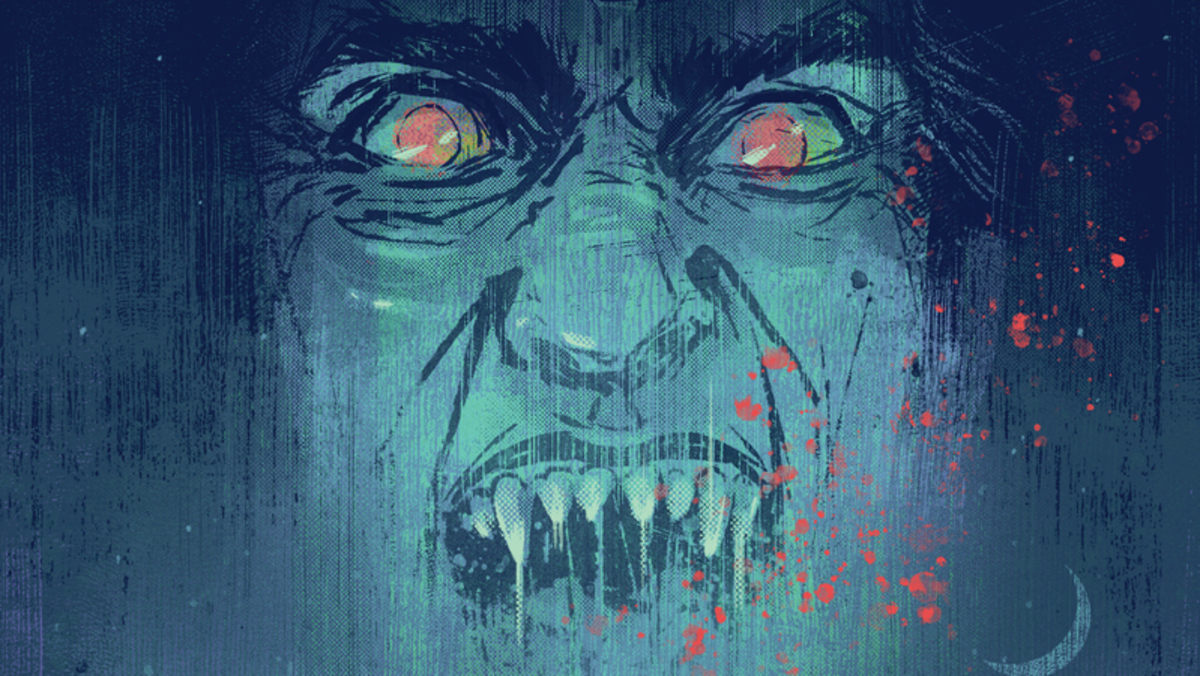
The Count Yorga Collection
directed by Bob Kelljan
starring Robert Quarry, Mariette Hartley
Arrow Video
Eschewing gothic castles and ruined abbeys, Count Yorga instead stalks the khaki and turtleneck modernity of Sherman Oaks. Ancient vampires in modern times had already been explored on television in the gothic horror soap opera Dark Shadows and in the surreal eurocult films of Jean Rollin and Jess Franco, but AIP got their aged bloodsucker in front of American audiences first, incongruously stalking the sunny suburbs of Los Angeles.
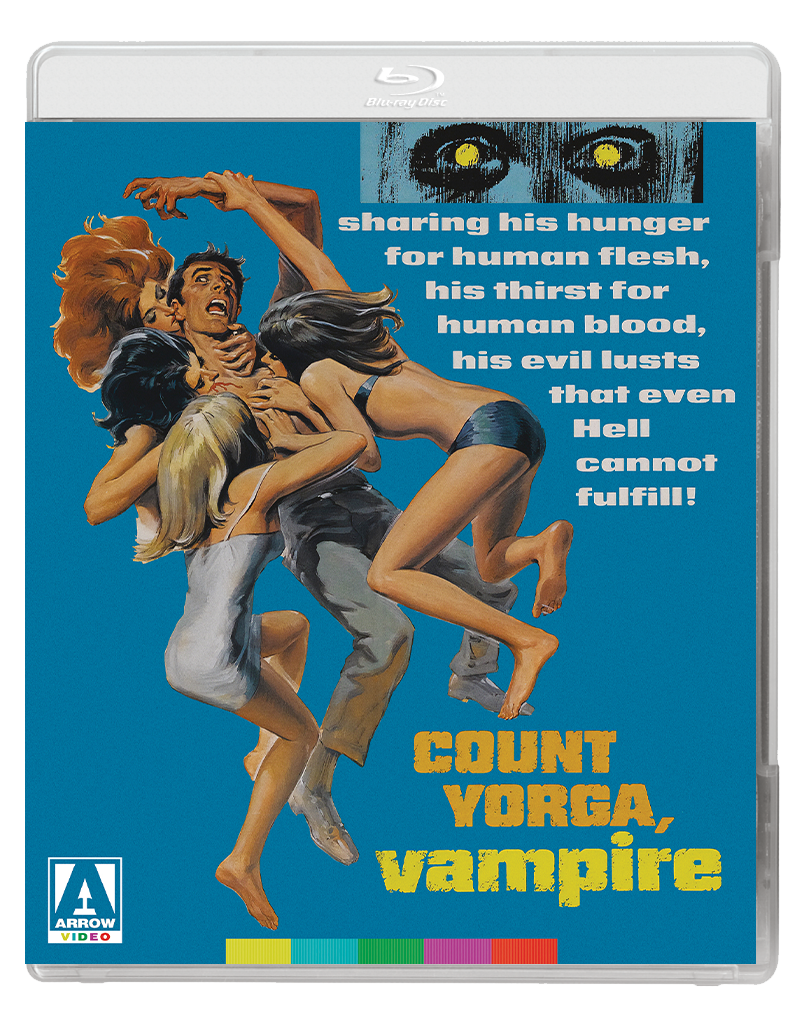
Count Yorga, Vampire is American International Pictures’ (former home of B-movie mogul Roger Corman) first attempt to modernize the vampire film. Going the cheap route they discarded Dracula and created their own vampire, Count… Yorga. After he arrives in his casket on a ship from Greece, aristocratic vampire Count Yorga wastes zero time setting himself up as a medium, hosting seances in order to find lovely young wives to feed upon. Count Yorga doesn’t look like the stereotypical sex magnet vampire, so the unfailing attraction to him by the young women in his circle only goes to prove his supernatural power. Quarry’s performance really nails the boredom of the character. He wears centuries of banal small talk like an unbearable curse. Immortality has its costs and one of them is forever being the smartest person in the room forced to, not so silently, suffer fools. Although the film is quite tame as a horror film, there are some memorable shocks, not the least of which is a scene where one of Yorga’s victims infected with a craving for blood eats her kitten. Judy Lang really sells the crazy in this scene, with the sedated kitten covered in lasagne as a truly macabre moment.
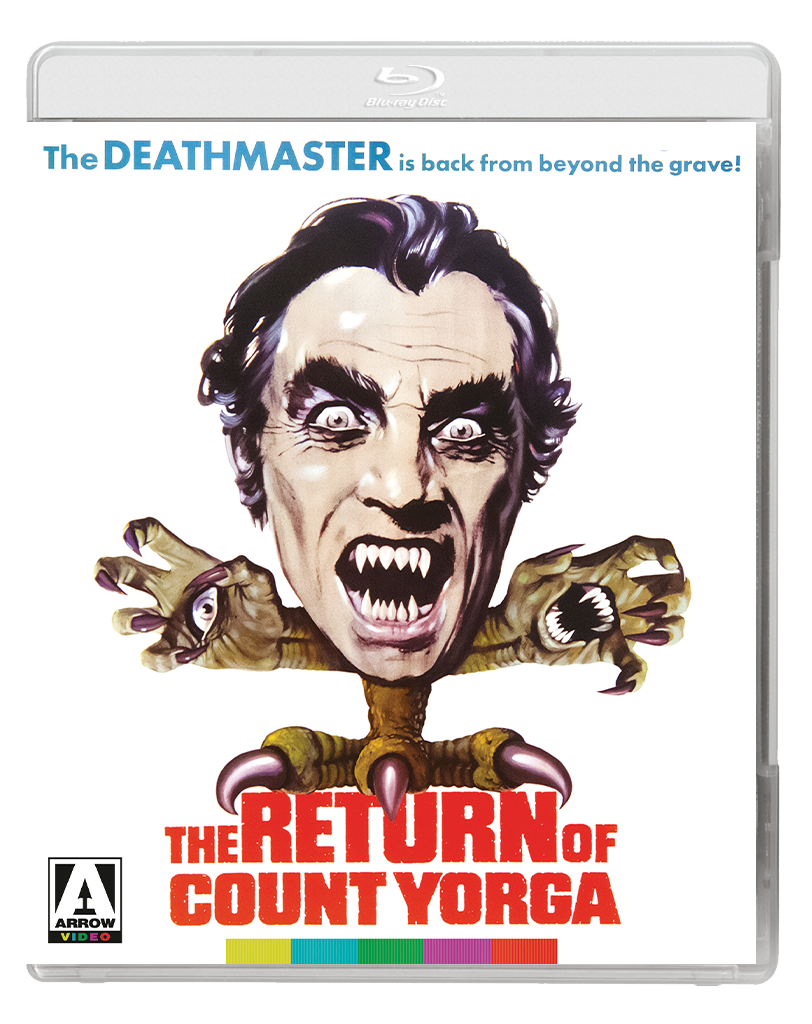
Since you can’t keep a good vampire down, when Count Yorga, Vampire was a hit at the box office, the Count was resurrected the next year for The Return of Count Yorga. When the Santa Ana winds begin to blow on Halloween, Count Yorga and his undead brides rise from their graves to terrorize the staff and residents of a nearby orphanage, including future TV star Mariette Hartley and a small role for future Coach and Poltergeist star Craig T. Nelson. The setting, away from suburban Los Angeles, offers a more traditionally gothic style setting. Despite being a vampire film, it is nearly impossible to not see parallels between Yorga and his cadre of female followers and the “family” of Charles Manson and his followers whose murder spree in 1969 still haunted the nation. Return of Count Yorga continues the GP horrors started with the original film, and the lack of sex and blood feels even more incongruous with other films of the time.
American International Pictures was in a bit of an identity crisis in 1970. Roger Corman had departed to create New World Pictures. and the studio’s only bankable star, Vincent Price, was getting more expensive and was in danger of costing more than he was worth at the box office. James Nicholson and Sam Arkoff eyed character actor Robert Quarry as a replacement for Vincent Price, or at the very least a possible bargaining chip to keep Vincent’s, uh, price down. Although he is quite serviceable in the Yorga films, Quarry never had anything approaching the star wattage of Vincent Price or any of the horror icons of the era. In Corman’s absence, AIP made the very un-Corman decision to excise much of the sex, nudity, and gore from Yorga in order to secure a GP rating (at the time the ratings were G, GP, R, and X). Corman at New World went all in on blood, beasts, and breasts, but AIP decided to cast the biggest net. Since Yorga was successful and able to make the leap to television with little editing, it is difficult to argue with the economics of the decision, but it does make the films seem from a different era and oddly chaste just as everyone else was going for sexier and gorier fare. Even the button-down Hammer Studios was letting the breasts go free along with the crimson gore. Regardless, the films were successful both at drive-ins and on late night creature feature shows into the 1980s, when both films were part of Elvira’s Movie Macabre.
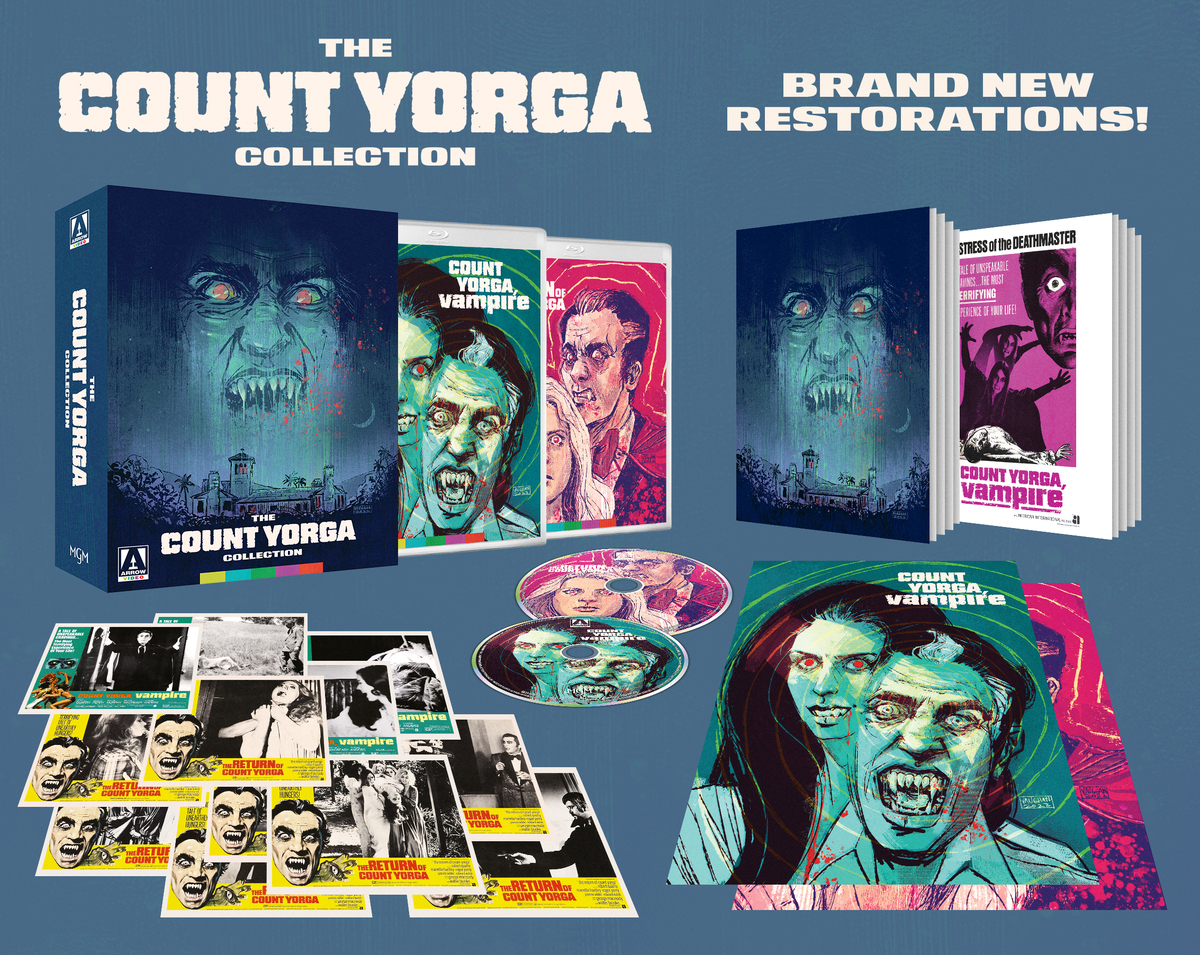
Both Count Yorga films have been lovingly restored on this luscious 2-disc set that includes audio commentaries from Tim Lucas, Stephen R. Bissette and David Del Valle & C. Courtney Joyner plus interviews with Kim Newman, Heather Drain, David Huckvale and Maitland McDonagh. The set also includes poster and lobby card reproductions and a book with essays from Kat Ellinger, Stephen Laws, Frank Collins, and Tim Sullivan.

